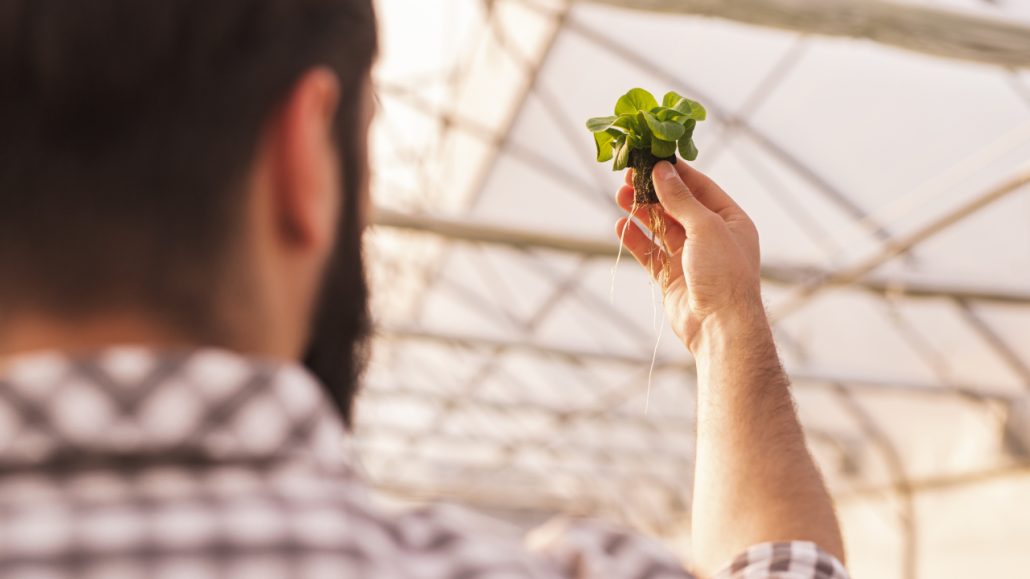The olive tree, an emblematic tree of Mediterranean agriculture, produces one of the world’s most cherished fruits: the olive. To ensure a healthy and abundant harvest, it is essential to carry out proper and timely treatment.
Olive Tree Treatment Calendar: An Essential Guide
At Iqv Agro, we provide a treatment calendar to follow for the olive tree, including when to apply copper, sulfate to combat the olive fly, use urea and potash, and other essential care measures to prevent diseases and pests.
Winter: Protection Against Peacock Spot
Winter is the time to prepare the olive tree for the upcoming season. One of the main enemies is peacock spot, a disease caused by fungi that affects the leaves. During this period, an appropriate fungicide such as metalaxyl can be applied to protect the olive tree from this threat. Additionally, proper pruning is important to remove dry or diseased branches and promote the development of new flowers and fruit.
Spring: Fruit Setting and Nutrition
Spring is a crucial period for the olive tree. During this stage, it is essential to apply treatments for fruit setting. This may include the use of amino acids to stimulate the development of flowers and fruit. It is also a good time to conduct soil and plant nutrition analyses to ensure the olive tree receives the necessary nutrients.
Summer: Combatting the Olive Fly
Summer is the season when the olive fly becomes a threat. To avoid infestation, treatments with specific products should be applied. This will help protect the fruit from damage caused by olive fly larvae and ensure a healthy olive harvest.
Autumn: Nutrients and End of Cycle
In autumn, it is important to provide the olive tree with the necessary nutrients to close its vegetative cycle. This may include the application of urea and potash, which will provide the tree with essential elements for olive development. Additionally, it is a good time for a final inspection for diseases and pests.
Olive Tree Diseases and Pests: Prevention and Treatment
The olive tree is exposed to various diseases and pests that can affect its health and the quality of the harvest. Among the most common diseases is leaf yellowing, which appears as yellowing of the leaves and can be treated with controlled doses of copper. It is also important to monitor diseases affecting the trunk and dry branches, which may require treatment with specific fungicides such as metalaxyl.
Regarding pests, besides the olive fly, it is essential to remain vigilant for the presence of insects that may damage the fruit. Using specific insecticides is crucial to keep these threats at bay.
Treating the olive tree is a continuous process throughout the year, with a specific calendar for each stage of the vegetative cycle. Constant attention to nutrition, pest protection, and the application of appropriate treatments provided by Iqv Agro are essential to ensure a quality olive harvest and, ultimately, the production of olive oil, a food appreciated worldwide. The combination of agricultural practices, irrigation, and proper soil care contributes to the health and yield of the olive tree, allowing this emblematic tree to continue offering its valuable fruit.
